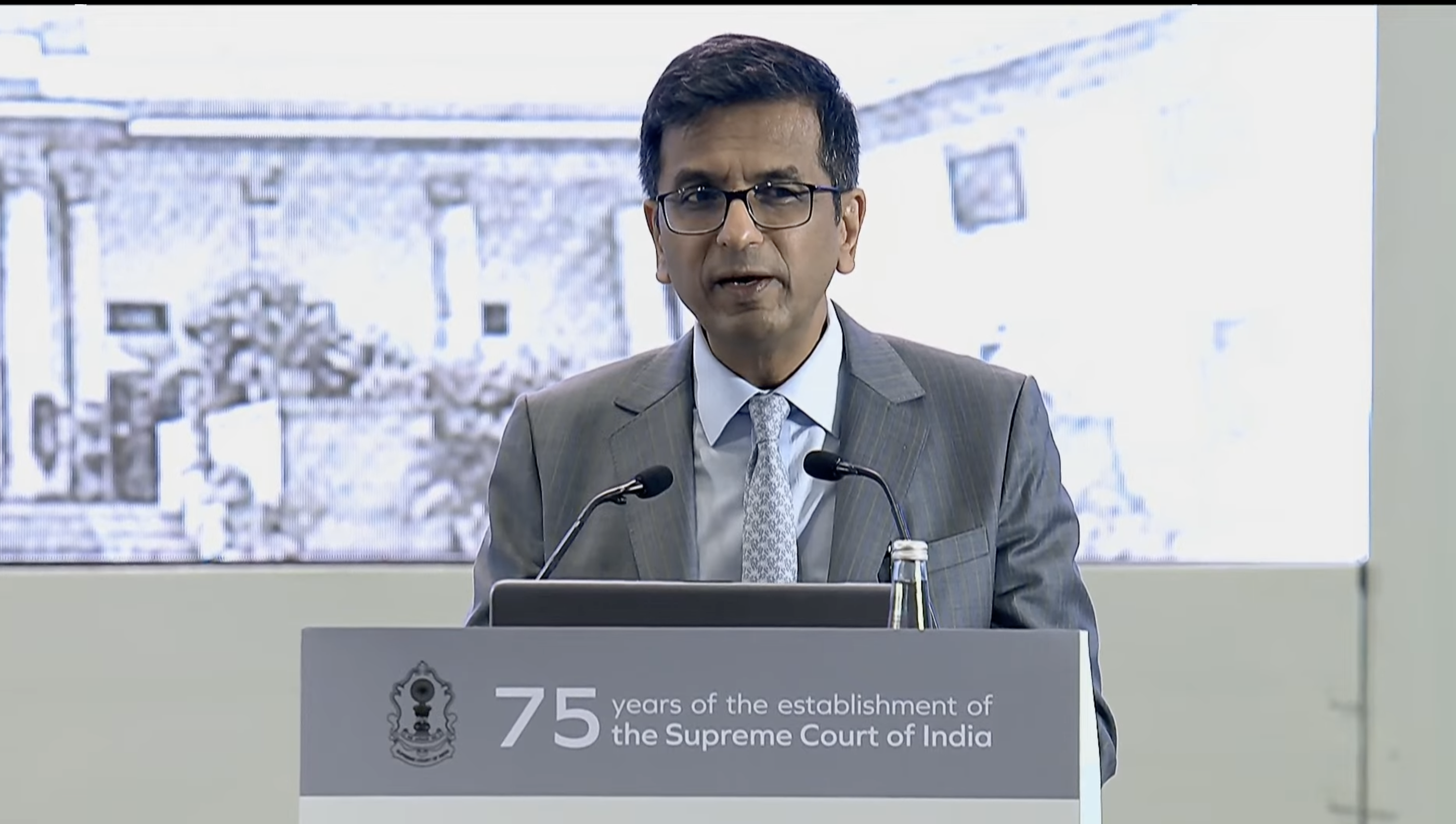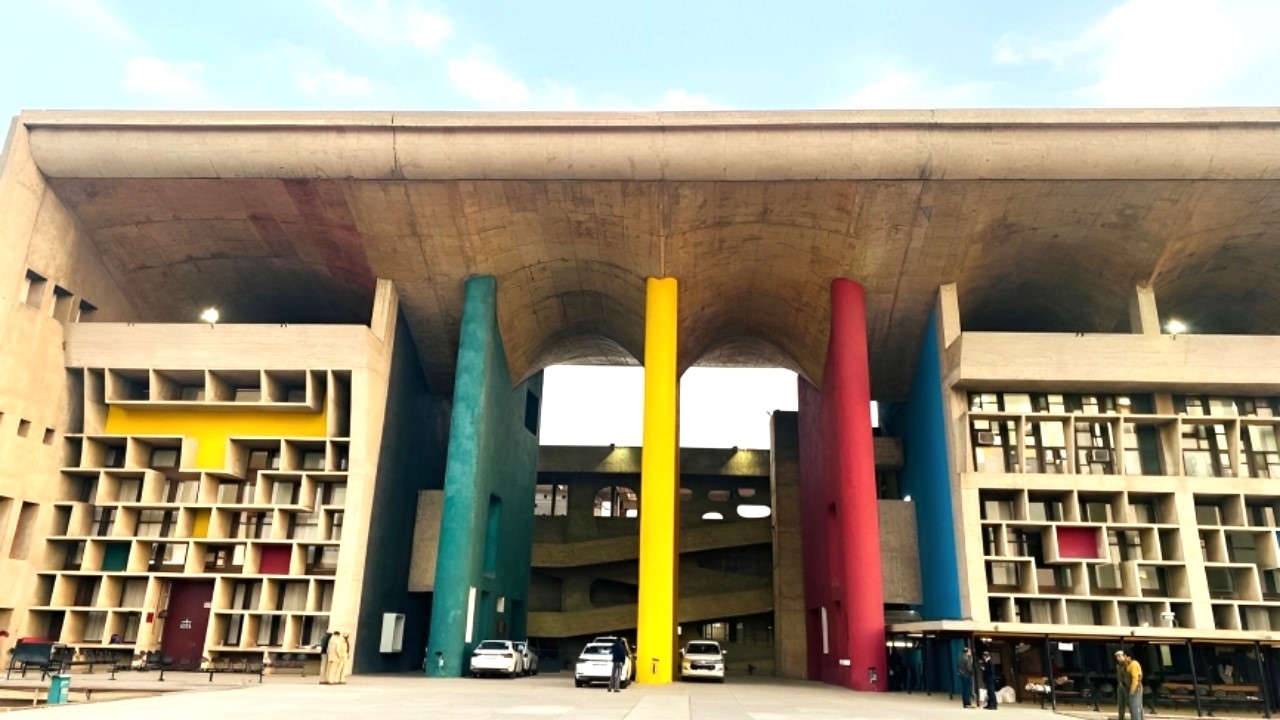)
Why India needs urgent reform in higher judiciary
FirstpostRecent statements by the Union Law Minister and the Chief Justice of India have attracted a lot of attention. The distinction between what is the basic structure of the Constitution and what is not is debatable, and perhaps an outcome of judicial innovation much like how Public Interest Litigation is also a judicial intervention. It was this basic structure argument that was used to strike down the amendments to the procedure for appointment of judges which were brought in during the first term of the Narendra Modi government. A recent paper by Madhav S Aney, Subhankar Dam and Giovanni Ko titled “Jobs for Justice: Corruption in the Supreme Court of India” provides interesting evidence on this by constructing a data set of Supreme Court of India cases involving the government for 1999-2014: “We find that incentives to pander have a causal effect on judicial decision-making, and they are jointly determined by the importance of the case and whether the judge retires with enough time left in a government’s term to be rewarded with a prestigious job. Given our poor rankings on enforcement of contracts, high litigation costs and lack of clarity on judicial outcomes due to inconsistency on part of judges — our judicial structure is certainly a constraint even on our growth process.
History of this topic

Transformative yet unfulfilled: Senior lawyers on Chief Justice Chandrachud's tenure
India Today
Judiciary an integral institution, complacency not an option: CJI
Hindustan Times
CJI DY Chandrachud Stresses Need For Open Communication Between Judicial Officers & High Court Judges
Live Law
Time To Think Of National-Level Judicial Recruitment Instead Of State-Based Selections : CJI DY Chandrachud
Live Law
Time to remind citizens that we exist for them: CJI Chandrachud
Hindustan Times
Lawyers, judges rise above differences in quest for justice: CJI DY Chandrachud
India TV News
Govt vs Court – the problem is structural
Hindustan Times
President Murmu suggests all-India judicial service to select, nurture young talents in judiciary
India TV News
Collegium system is vibrant, committed to its task: CJI Chandrachud
Hindustan Times
Maharashtra political crisis verdict today: Supreme Court to decide on questions of law
India Today![Uddhav Thackeray vs Eknath Shinde : Live Updates From Supreme Court | Shiv Sena Case Hearing [February 22]](https://www.livelaw.in/h-upload/2023/02/21/459970-1600x960423447-live-updates-uddhav-thackeray-eknath-shinde-and-sc.jpg)
Uddhav Thackeray vs Eknath Shinde : Live Updates From Supreme Court | Shiv Sena Case Hearing [February 22]
Live Law![Uddhav Thackeray vs Eknath Shinde : Live Updates From Supreme Court | Shiv Sena Case Hearing [February 22]](https://www.livelaw.in/h-upload/2023/02/21/459970-1600x960423447-live-updates-uddhav-thackeray-eknath-shinde-and-sc.jpg)
Uddhav Thackeray vs Eknath Shinde : Live Updates From Supreme Court | Shiv Sena Case Hearing [February 22]
Live Law)
Why Collegium needs urgent reform: Judiciary should be independent as well as accountable
Firstpost
India Survives Much Beyond Delhi, We Need To Focus On District Judiciary: CJI DY Chandrachud
Live Law
No Institution In Constitutional Democracy Including Collegium Is Perfect: CJI Chandrachud
ABP News
No institution in 'democracy' is perfect: CJI DY Chandrachud on collegium system
India TV News
DC Edit | Judges’ pick: Make it transparent
Deccan Chronicle
CJI Chandrachud on ‘old boys club’ and challenges to judiciary | HTLS 2022
Hindustan Times
CJI Chandrachud on ‘old boys club’ and challenges to judiciary | HTLS 2022
Hindustan Times
Justice Chandrachud Becomes CJI: 'Liberal' But Not Boxed to an 'Ideology', What Era Will He Bring?
News 18
What does the judiciary in India need as reforms?
The Hindu
'Strengthening The District Judiciary Is The Need Of The Hour': CJI N.V. Ramana
Live Law)
How All-India Judicial Services can go a long way in fixing talent deficit and vacancy in district courts
Firstpost
All India Judicial Service - 2 High Courts In Favour, 13 HCs Against : Law Minister Tells Lok Sabha
Live Law
President bats for BJP's all-India judicial service to pick judges
Deccan Chronicle
About 3.5 Crore Cases Pending In Indian District Courts: Plea In Supreme Court For Appointment Of More Judges In Subordinate Judiciary
Live Law
A people’s court must be open to public accountability
Live MintDiscover Related






































![15 Reasons To Enrol In LiveLaw Academy's Judicial Service Exam Preparation Course! [Apply Now To Get 25% Scholarship]](https://www.livelaw.in/h-upload/2024/12/10/575594-judicial-service-exam-course-new-25-scholarship-1.jpg)








